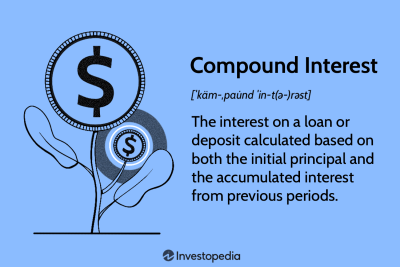Compound Interest - Class-8
Compound interest is the interest calculated on the principal and the interest accumulated over the previous period. It is different from simple interest, where interest is not added to the principal while calculating the interest during the next period. চক্রবৃদ্ধি সুদ হল মূলের উপর গণনা করা সুদ এবং পূর্ববর্তী মেয়াদে সঞ্চিত সুদ। এটি সাধারণ সুদের থেকে আলাদা, যেখানে পরবর্তী মেয়াদে সুদের হিসাব করার সময় মূলে সুদ যোগ করা হয় না।
English
Last updated
Wed, 27-Nov-2024




















